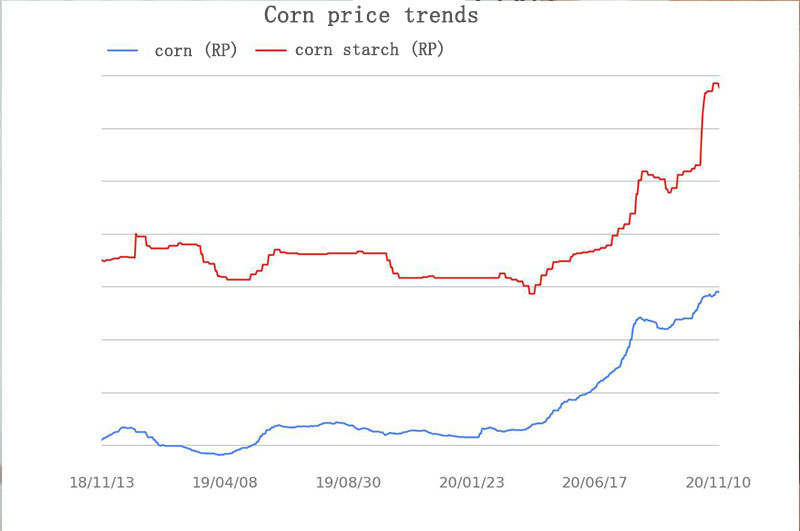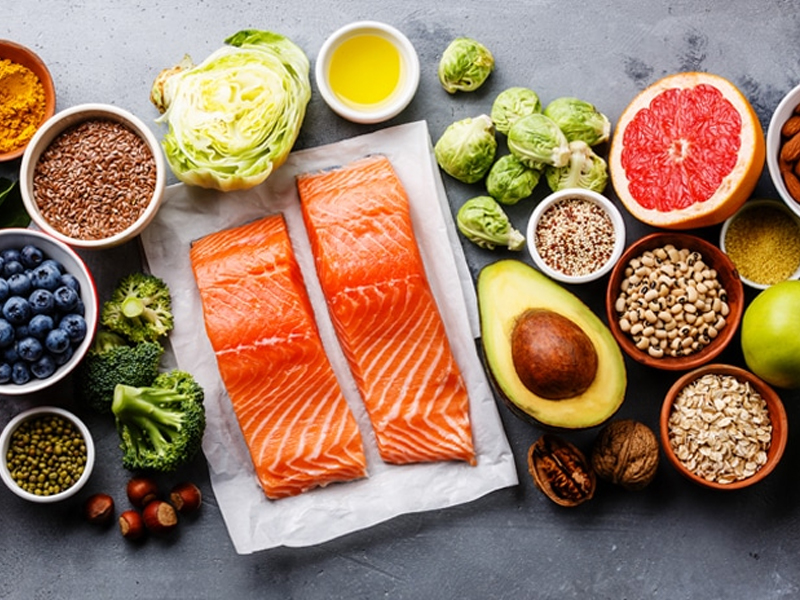Inulin is a type of soluble fiber that is found in many plants, such as chicory, artichoke, garlic, onion, and agave. It has various health benefits, such as improving gut health, lowering blood sugar and cholesterol levels, and promoting weight loss.
However, not all inulin is the same. There are different types of inulin depending on the source, the extraction method, and the degree of polymerization (DP), which refers to the number of sugar units linked together in the inulin molecule.
One of the most common types of inulin is chicory inulin, which is extracted from the roots of the chicory plant using hot water. Chicory inulin has a high DP, ranging from 2 to 60. This means it has a longer chain of sugar units and a higher molecular weight. Chicory inulin is mostly used as a prebiotic, which means it feeds the beneficial bacteria in the gut and helps them grow and thrive.
Another type of inulin is agave inulin, which is extracted from the sap of the agave plant using enzymes. Agave inulin has a low DP, ranging from 2 to 10. This means it has a shorter chain of sugar units and a lower molecular weight. Agave inulin is mostly used as a sweetener, as it has a mild sweetness and a low glycemic index (GI), which means it does not raise blood sugar levels as much as other sugars.
Organic inulin is a type of inulin that is certified organic by a third-party organization, such as the USDA or OMRI. Organic inulin means that the source plant was grown without the use of synthetic pesticides, fertilizers, or genetically modified organisms (GMOs). Organic inulin can be either chicory or agave inulin, depending on the source plant.
The main difference between organic and regular inulin is the quality and safety of the product. Organic inulin may have less contaminants and more nutrients than regular inulin, as it comes from plants that were grown naturally and sustainably. Organic inulin may also have less environmental impact than regular inulin, as it does not contribute to soil erosion, water pollution, or biodiversity loss.
However, organic inulin may also have some drawbacks compared to regular inulin. Organic inulin may be more expensive than regular inulin, as it requires more labor and resources to produce. Organic inulin may also have less availability and variety than regular inulin, as it depends on the supply and demand of organic crops.
Conclusion
In summary, organic inulin is a type of soluble fiber that can be extracted from chicory or agave plants that are certified organic. Organic inulin has some advantages over regular inulin, such as being more natural, nutritious, and eco-friendly. However, organic inulin also has some disadvantages over regular inulin, such as being more costly, scarce, and limited.

